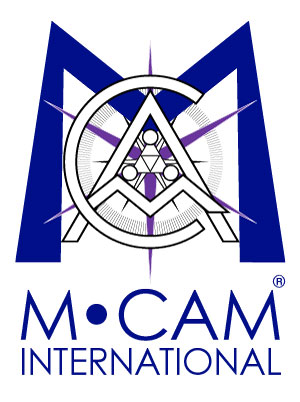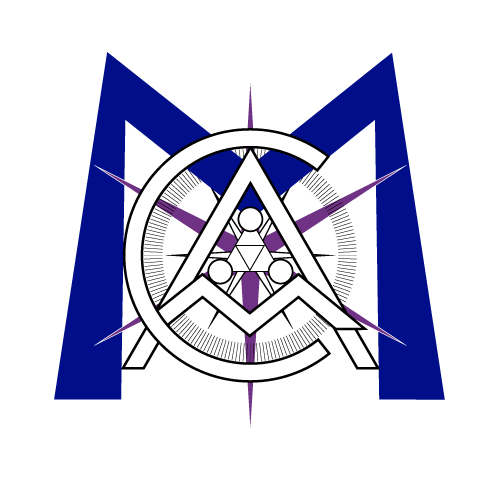Patent mining in a changing world of technology and product development
Date: Tue, 2003-07-01
Dr. Martin to speak at 2003 Technology and Law Conference
Date: Thu, 2003-06-19
Dr. Martin to speak at 2003 WV Conference on Entrepreneurship
Date: Fri, 2003-06-13
Global patent search service launched in Singapore
Date: Fri, 2003-04-18
M·CAM CEO Addresses Telecommunications Industry Association meeting
Date: Wed, 2003-03-26
M·CAM Engaged for Inaugural Quality Metrics Exploration at United states Patent Office
Date: Mon, 2003-03-03
Firms consider putting a patent on the way they do things at the office
Date: Thu, 2003-02-13
Precision patenting: smart approaches for success in the complex patent landscape
Date: Wed, 2003-01-15
White Paper: Patent Donations (Presented at the IRS)
Date: Fri, 2003-01-10
Use of Automated Patent Analysis: Examples of Practical Applications
Date: Tue, 2002-12-10
SAS hopes high for patent software
Date: Mon, 2002-11-25
By Leo John Raleigh Business Journal November 25, 2002 CARY — Chairman and CEO Jim Goodnight calls it his “pet project”. That’s because Goodnight knows it could be the next blockbuster product for SAS. A sofware developed by the Cary concern, combined with a huge database of patent information collected by a Virginia company, promises to simplify and quicken patent searches, saving companies millions of dollars in fees. In the process, SAS sees the initiative as a lucrative one for it and Charlottesville, Va.-based Mosaic Collateral Asset Management, or M·CAM. U.S. companies pay an estimated $250 billion a year in licensing fees to companies that charge royalties based on patent claims, says SAS Chief Counsel John Boswell, adding that untold millions of dollars would not have to be paid if companies had the financial and human resources to search patents and disprove claims. An alliance between SAS and M·CAM aims to help companies accomplish such searches quickly and affordably. The SAS software also can be used to help companies file new patent applications. SAS officials say Goodnight is personally invested in his company’s arrangement with M·CAM. But Dave Martin, chief executive of the 12-employee M·CAM, dismisses as “rumors” talk of SAS buying the company, saying, “We’re not for sale.” The agreement between the two companies, which was consummated in September and touted through advertisements in newspapers this month, marks SAS’ latest effort to expand its line of products. “It’s like nothing we’ve done before,” says Boswell. “We’re going to change the world with this technology.” Searching existing patents and proving or disproving claims is a nightmarish, time-consuming and expensive proposition because, as SAS Senior Corporate Counsel Tim Wilson says, the U.S. Patent and Trademark Office has issued patents “left and right” or without enough research. SAS’ release of its application, called the Patent Prior Art Discovery Service is timed to match changes in patent law enacted in November. The changes allow royalties-paying companies to file for a review of an original patent on the grounds the patent office had not considered relevant information when studying the case. For example, consider that Company A is paying royalties to Company B to use a technology, but it’s doing so under protest because Company A believes it has a sufficiently different technology to qualify for its own patent. The change in the law allows Company A to file for a review of Company B’s patent. And the SAS software would be used to accomplish the review. Jim Myers, a patent attorney with Kilpatrick Stockton, which does some business with SAS, says the changes in the law make it easier for the patent office to retract previously issued patents. Another change allows companies that want to challenge a patent to approach a federal appeals court, a change that lawyers say gives significant new strength to patent appeals. SAS brings to the table its ability to handle huge amounts of data. In return, SAS gets M·CAM’s detailed databases collected from 88 patent offices around the world. M·CAM also earns access to SAS’ established distribution network. The number of patent applications rose by about 24 percent between 1999 and 2001, from 278,258 to 344,717. The number of patents issued in the same period rose 18 percent from 159,166 to 187,822.
David Martin to Speak at Danish EU Presidency Conference
Date: Mon, 2002-10-28
Insurable Patents? Presentation at the Danish EU Presidency Conference
Date: Mon, 2002-10-28
M·CAM Managing Director, David Pratt Discusses Business Challenges with Fast Company
Date: Tue, 2002-09-24

